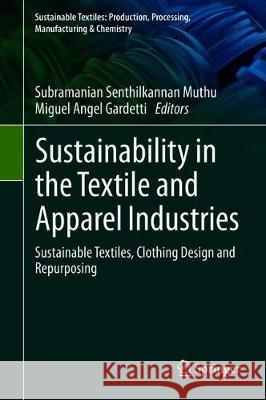Sustainability in the Textile and Apparel Industries: Sustainable Textiles, Clothing Design and Repurposing » książka
topmenu
Sustainability in the Textile and Apparel Industries: Sustainable Textiles, Clothing Design and Repurposing
ISBN-13: 9783030379285 / Angielski / Twarda / 2020 / 321 str.
Sustainability in the Textile and Apparel Industries: Sustainable Textiles, Clothing Design and Repurposing
ISBN-13: 9783030379285 / Angielski / Twarda / 2020 / 321 str.
cena 724,58
(netto: 690,08 VAT: 5%)
Najniższa cena z 30 dni: 693,97
(netto: 690,08 VAT: 5%)
Najniższa cena z 30 dni: 693,97
Termin realizacji zamówienia:
ok. 22 dni roboczych
Dostawa w 2026 r.
ok. 22 dni roboczych
Dostawa w 2026 r.
Darmowa dostawa!
Kategorie BISAC:
Wydawca:
Springer
Seria wydawnicza:
Język:
Angielski
ISBN-13:
9783030379285
Rok wydania:
2020
Wydanie:
2020
Numer serii:
001053391
Ilość stron:
321
Waga:
0.59 kg
Wymiary:
23.88 x 19.56 x 1.78
Oprawa:
Twarda
Wolumenów:
01











